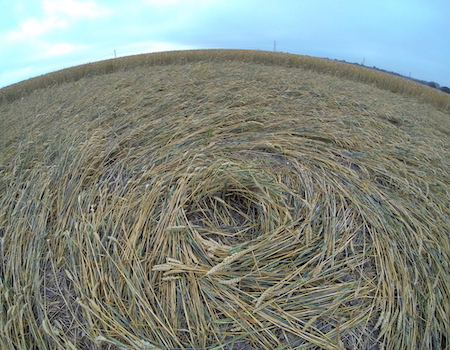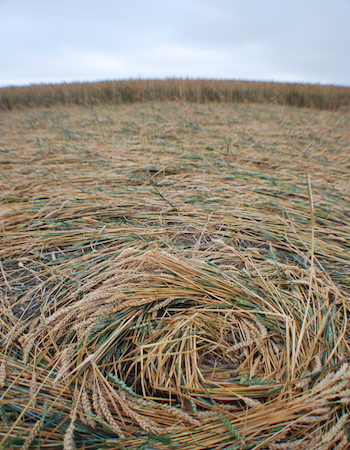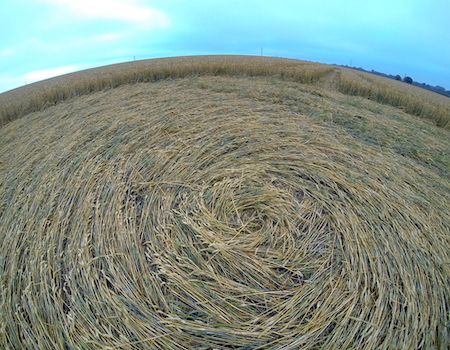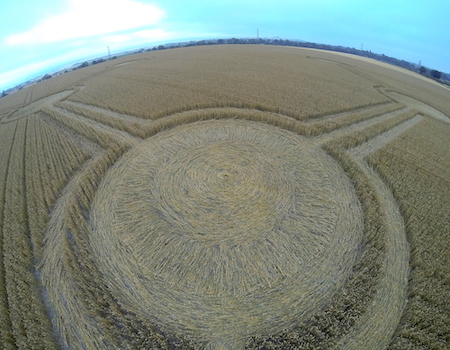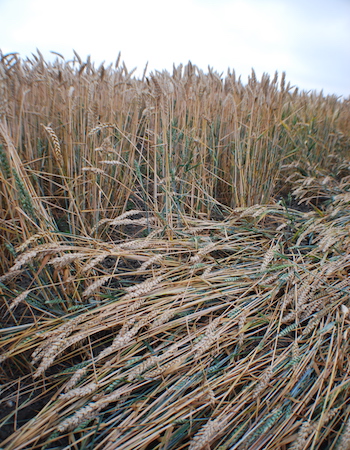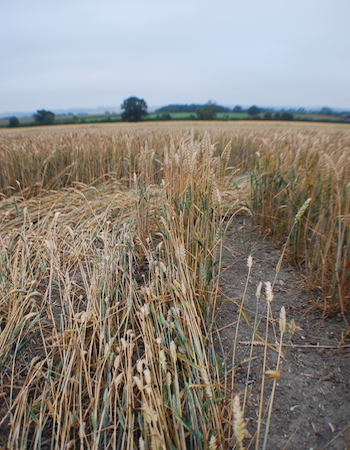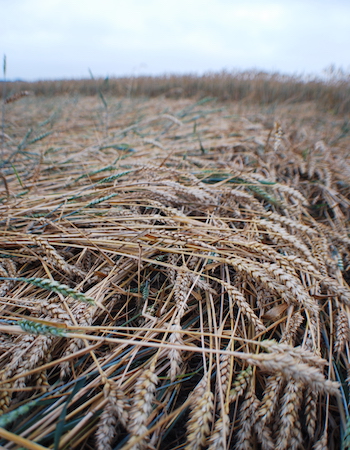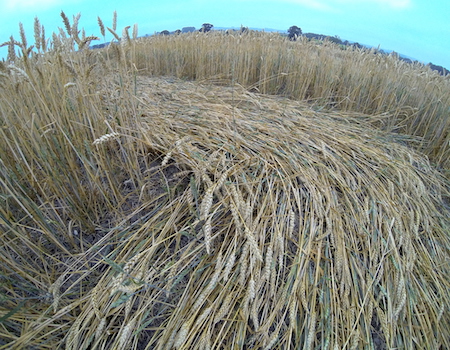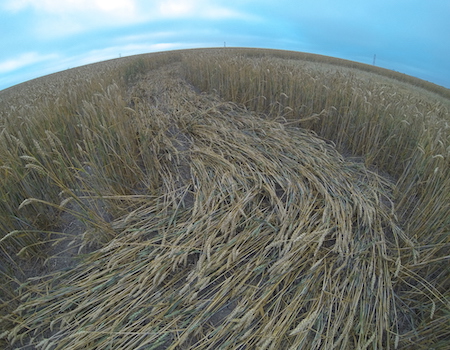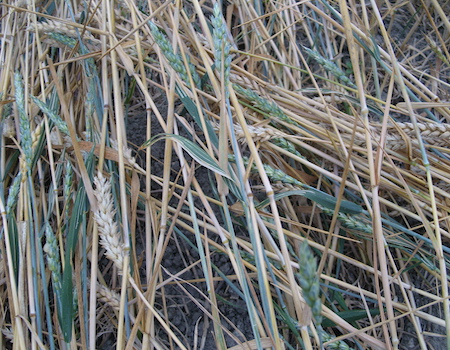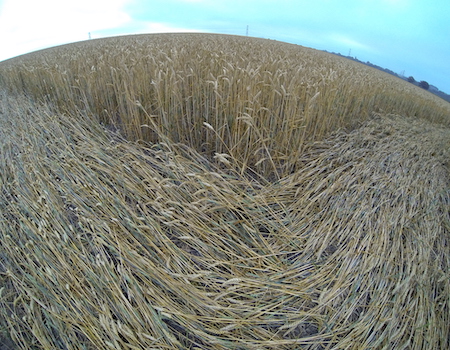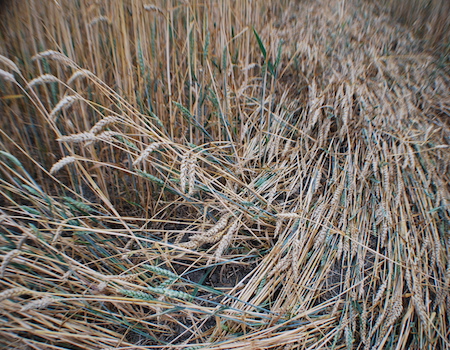 |
||||||||||||||||||||||||
 |
 |
|||||||||||||||||||||||
 |
||||||||||||||||||||||||
 |
 |
 |
 |
|||||||||||||||||||||
| 2015 CIRCLES | 2014 CIRCLES | 2013 CIRCLES | 2012 CIRCLES | |||||||||||||||||||||
|
||||||||||||||||||||||||
 |
 |
|||||||||||||||||||||||

|
Ground Report: Patney Bridge, Wiltshire 8th August 2020 The incredible size of this formation is really the first aspect of note, both when viewing aerial images and, perhaps even more dramatically, on the ground. Situated on a gently sloping field, it is impossible to see all of the design from one element, such is its scale. The geometric accuracy over such a wide expanse of crop is remarkable and the fact that detailed features within the laid crop are so impressive (continued below) only accentuates this further. In all of the laid circles, the stem flow clockwise, displaying a range of subtle but neat centres; some more nest-like while others are twisted or swirled.
The central circle continues this clockwise pattern, but contains a band of stems laid radially, overlapping an outer ring of laid crop. This radial lay is reflected in the straight pathways emanating from each of the circles, where stems flow from the edge of each circle, out towards the perimeter of the design. The continuous, outer pathway, which contains the whole design, flows anti-clockwise throughout.
As with many of formations this year, a notable feature is the lightness with which the crop has been laid to the ground. This is particularly evident around the edges of the design, where stems appear as though ‘brushed’ up against the sides of the standing crop, having never been laid flat to the ground.
This is also apparent in a section of the design where laid crop meets a tramline and a small bunch of standing stems remains, maintaining the integrity of the pattern with finesse.
In every section of the formation investigated, the condition of the laid stems is absolutely perfect, with no damage evident and a gentleness to the crop throughout. This is particularly clear where stems flowing in different directions overlap, or where pathways flow over tramlines and stems have not been ‘crushed’ down into the dip below.
Walking through the formation, especially in the outer pathway, the flow of the crop is exceptional; a very ‘fluid’ appearance can be seen throughout, with stems like water moving along a river, spilling around corners and following the direction as they move. The wheat very much appears to have been laid quickly, and in one movement. Stems often ‘follow’ the new direction by bending around corners, rather than having been laid in separate sections.
There are many parts of the crop circle which display multiple layers of stems flowing in different directions and overlapping and a particularly nice example shows where stems from two directions overlap, but stems from the same swathe have been split, with some flowing under and some flowing over those that they meet. The final and best feature within the whole crop circle exists at a corner, where the curved edge of the outer pathway becomes a straight line. The overlapping stems at this point are incredibly fine and detailed, with single stems intertwined as they change direction around the corner. Stems appear almost woven as they have been brushed gently towards but not to the ground; all of them in perfect condition. There is a subtlety here which is truly remarkable and a significant feature of note, especially in the context of such a large formation.
Crop Circle Summary
Alternative Websites |


